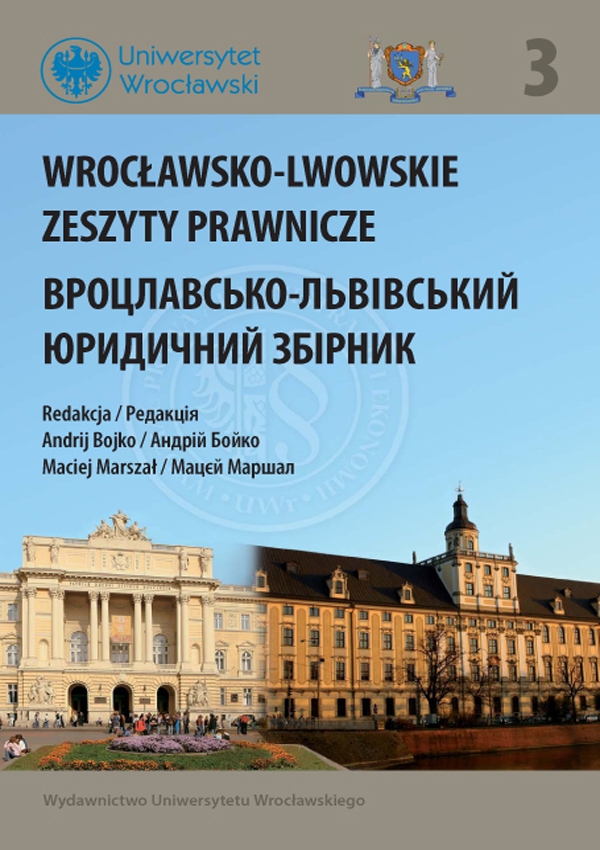

Artykuły

Relations between the EU and Ukraine are based on the Partnership and Co-operation Agreement PCA, which entered into force in 1998 and will renew automatically until the entry into force of a new contractual arrangement. Negotiations on a comprehensive, ambitious and innovative agreement between the EU and Ukraine were launched in March 2007. At the Paris Summit 2008, theleaders of the EU and Ukraine agreed that the new enhanced agreement should be given the title of Association Agreement AA, and that it should renew the EU Ukraine common institutional framework, facilitating the deepening of relations in all areas, as well as the strengthening of political association and economic integration involving reciprocal rights and obligations. The Deep and Comprehensive Free Trade Area DCFTA will be embedded in the new Association Agreement as an integral element alongside others, such as political, social, and sectoral co-operation. It will be the first of a new generation of deep and comprehensive FTA, covering all trade-related areas including services, intellectual property rights, customs, public procurement, energy-related issues, competition, et cetera and also tackling the so-called ”beyond the border” obstacles through deep regulatory approximation with the trade-related EU acquis. The most recent round of DCFTA negotiations was held in Kyiv on 4–8 October 2010 and both sides showed clear willingness to engage constructively in most chapters.
Negotiations took place on a large range of issues tariffs, services, customs and trade facilitation, intellectual property rights, sanitary and phytosanitary standards, public procurement, geographical indications, trade defence instruments, and technical barriers to trade. Some chapters, such as customs and trade facilitation, public procurement and intellectual property rights, are close to provisional completion. So far, four chapters are considered as provisionally closed: Trade dispute settlement, Rules of Origin, Transparency, Customs and Trade facilitation. Detailed discussions on regulatory approximation, for instance concerning sanitary and phytosanitary standards, or technical barriers to trade, will be covered intensively over the next few months.
The EU is Ukraine’s foremost commercial partner and accounts for about one third of its external trade. The EU believes that closer economic integration in the overall context of a political association can be a key factor in economic growth for Ukraine. The EU exports to Ukraine in 2009 have reached a total amount of €13.9 billion. The EU imports from Ukraine in 2009 have reached a total amount of €7.9 billion. Ukraine᾿s primary exports to the EU are agricultural products, energy, chemicals, iron, and steel. The EU exports to Ukraine are dominated by machinery, transport equipment, chemicals, textile and clothing, and agricultural products. EU investment stocks in Ukraine as of 2008 have reached a total amount of €19.8 billion. From 2007 to 2008, FDI outward stocks from EU 27 countries grew by more than 10% in Ukraine. In 2009 EU investments into Ukraine amounted to €3.4 billion.